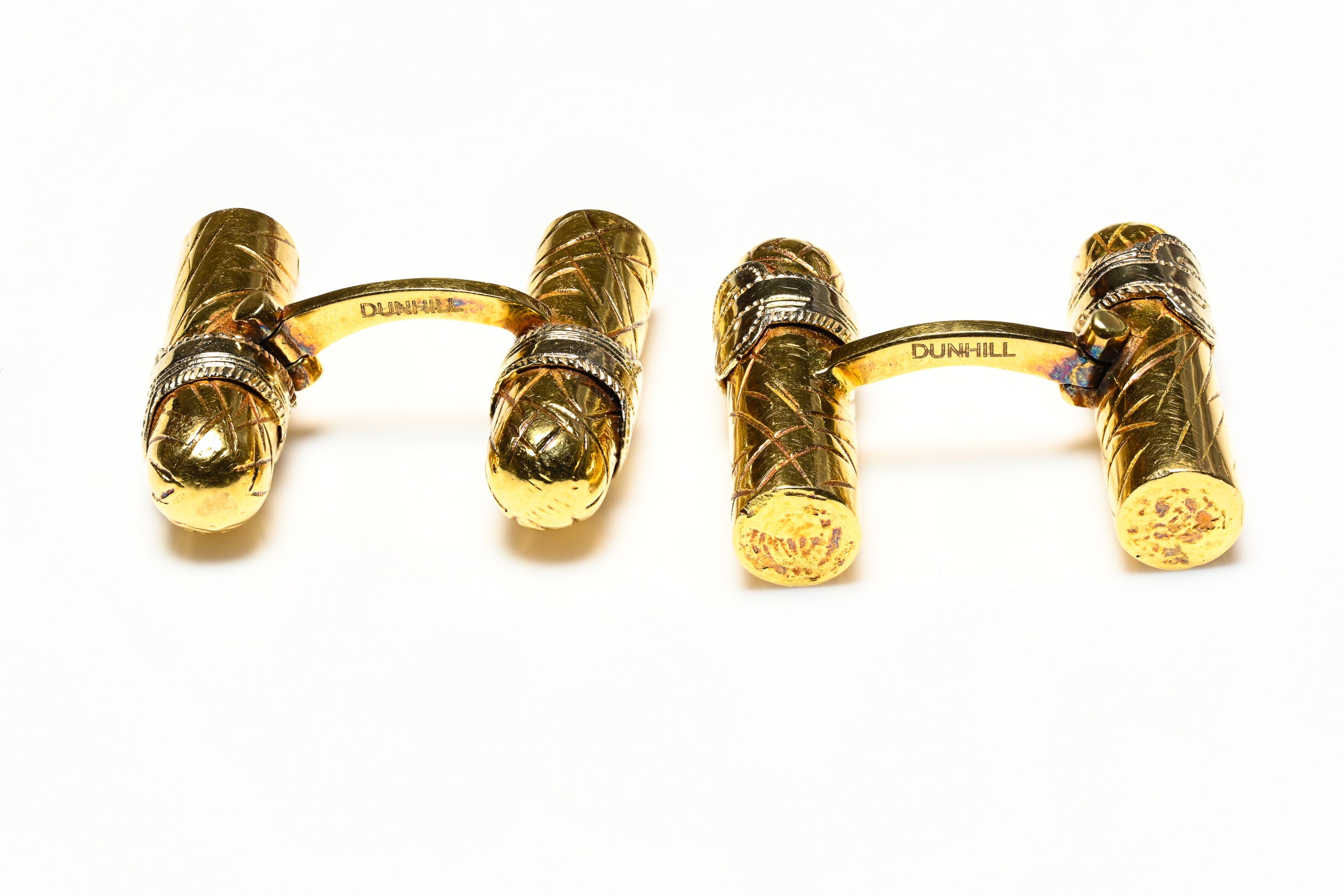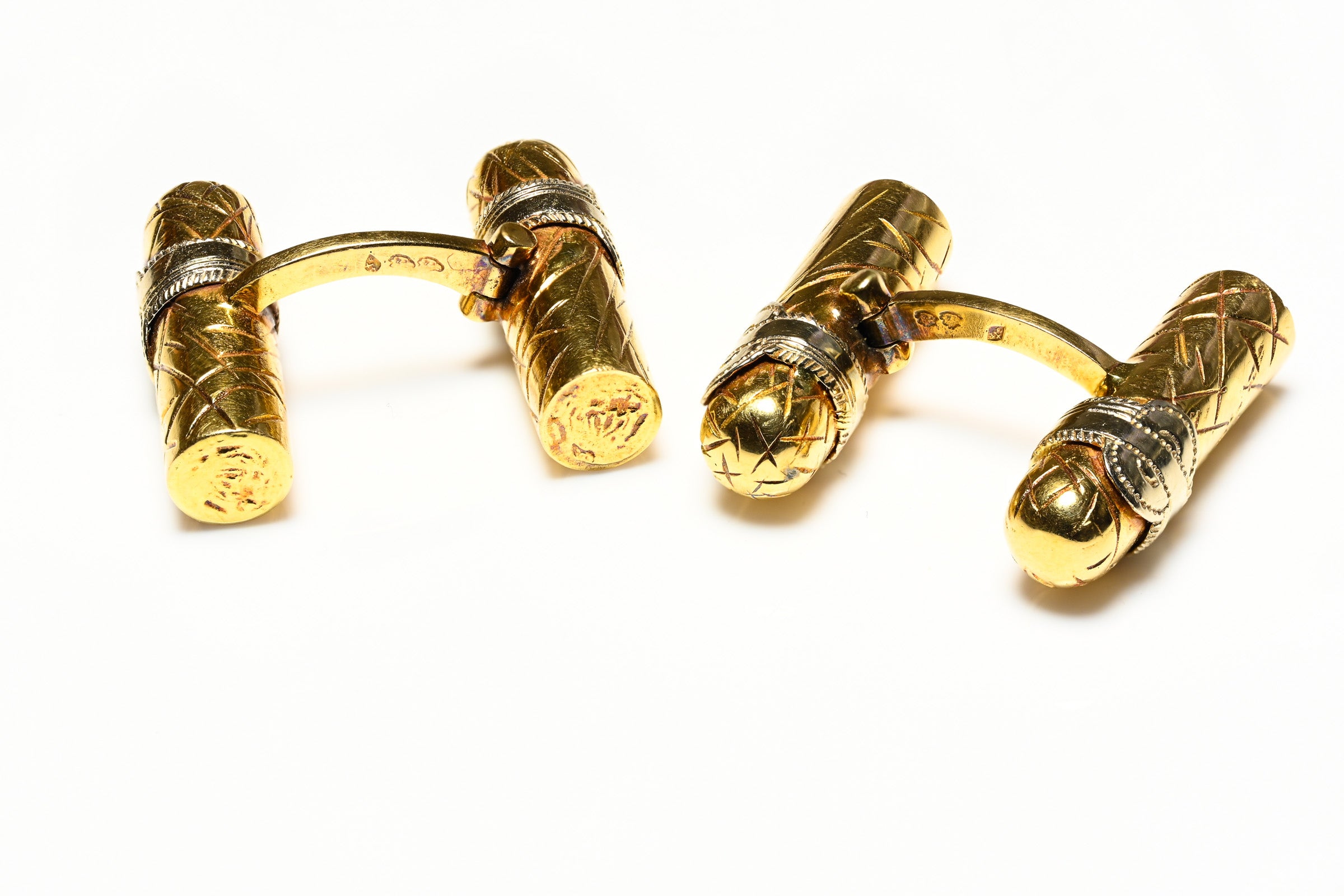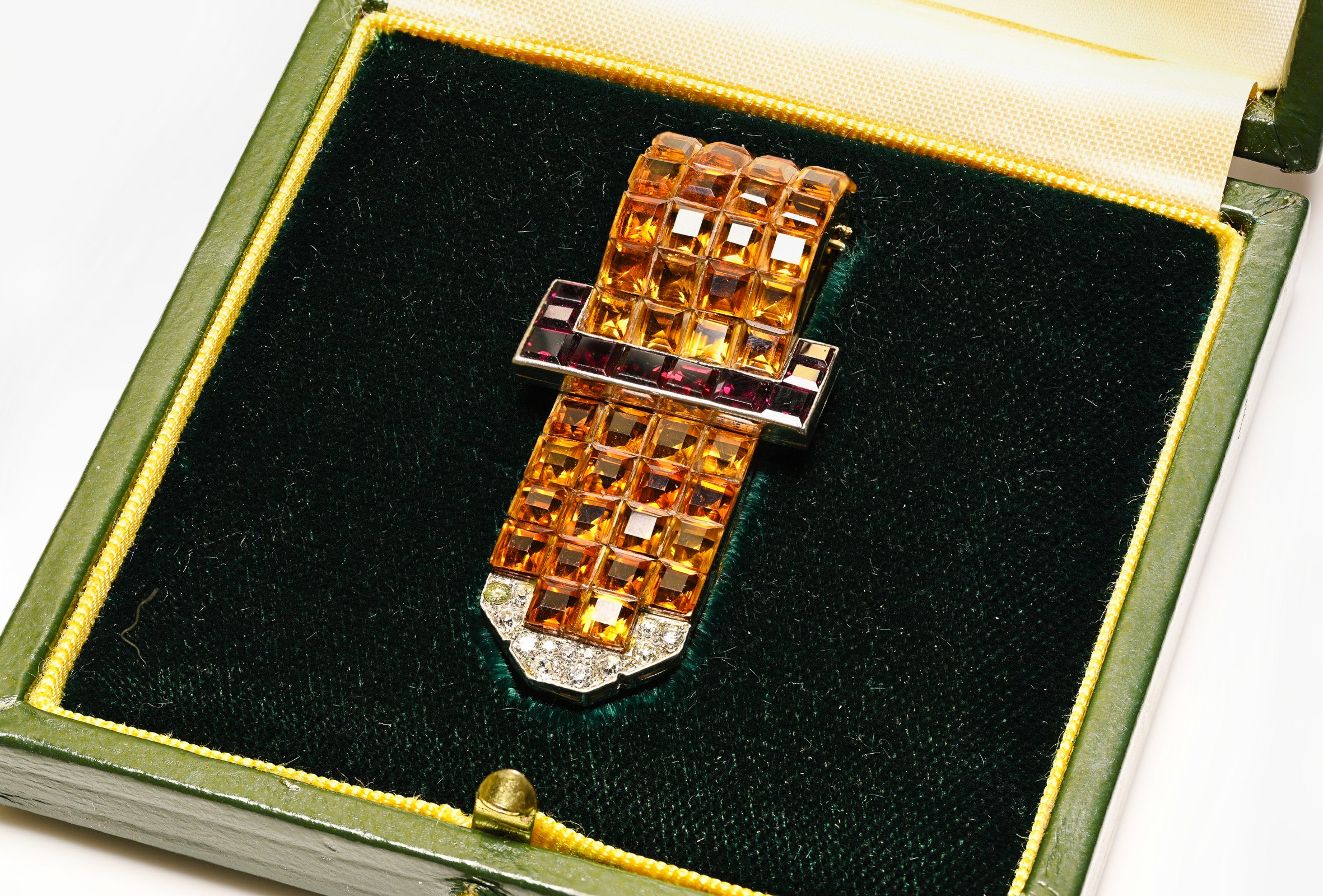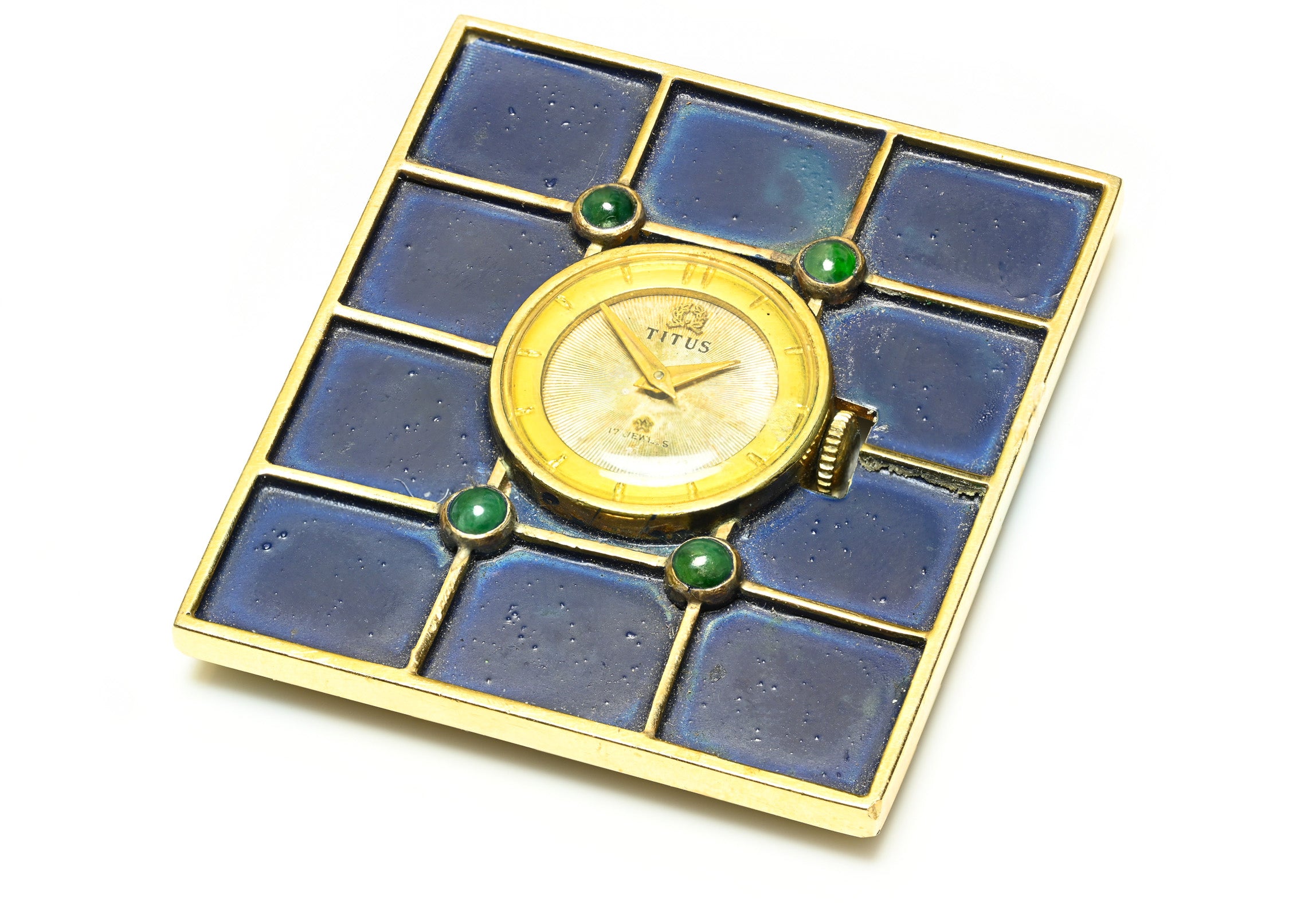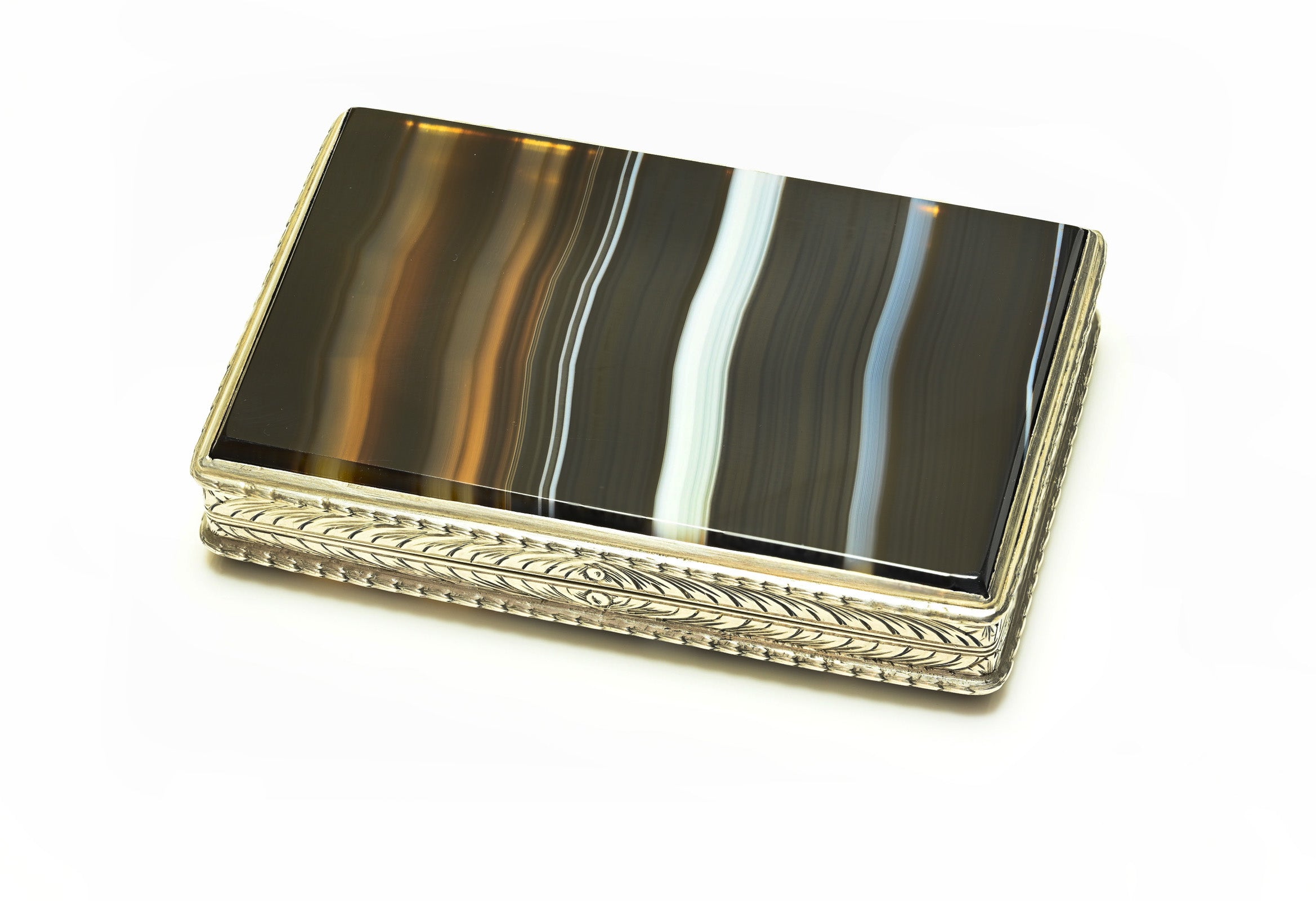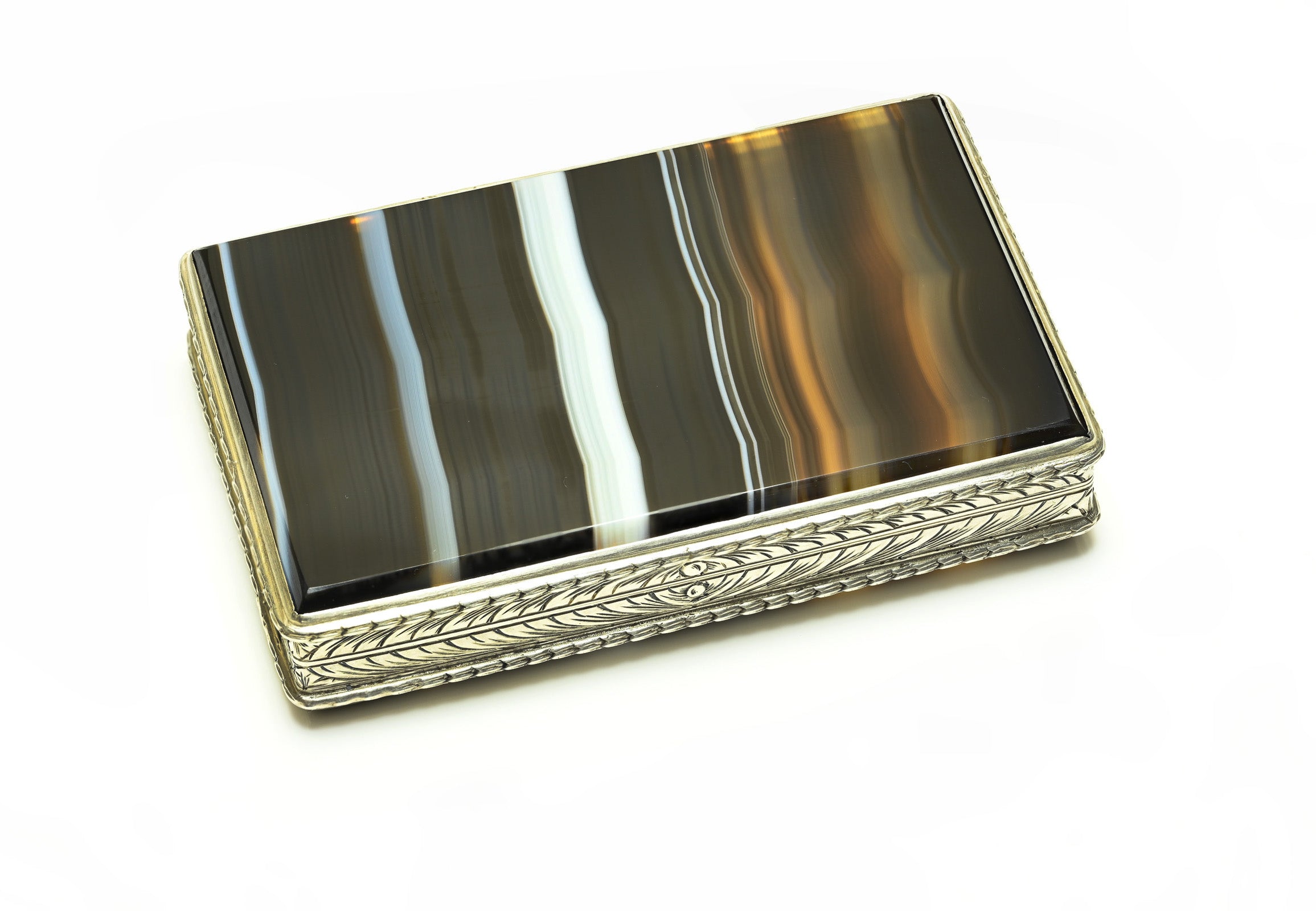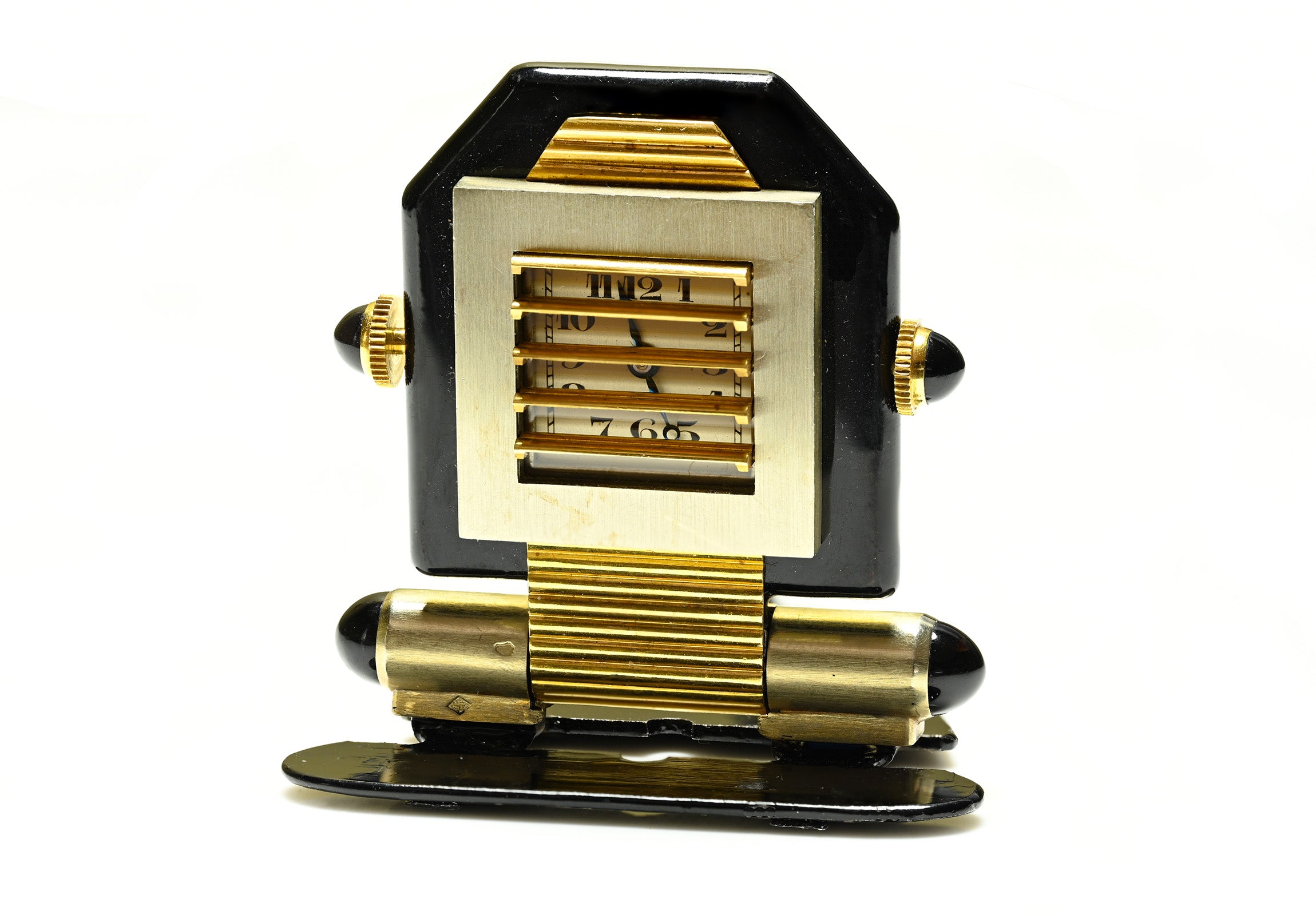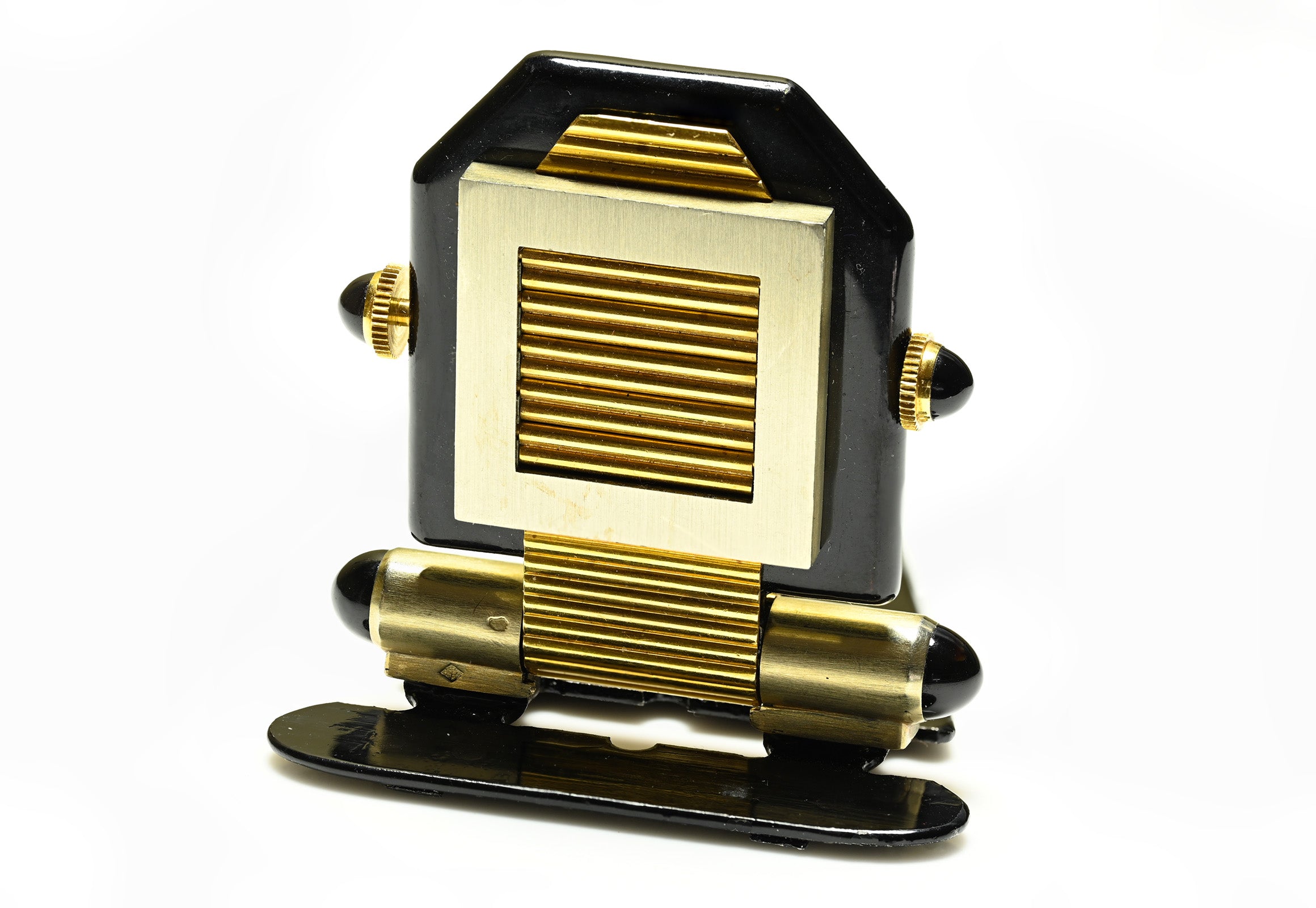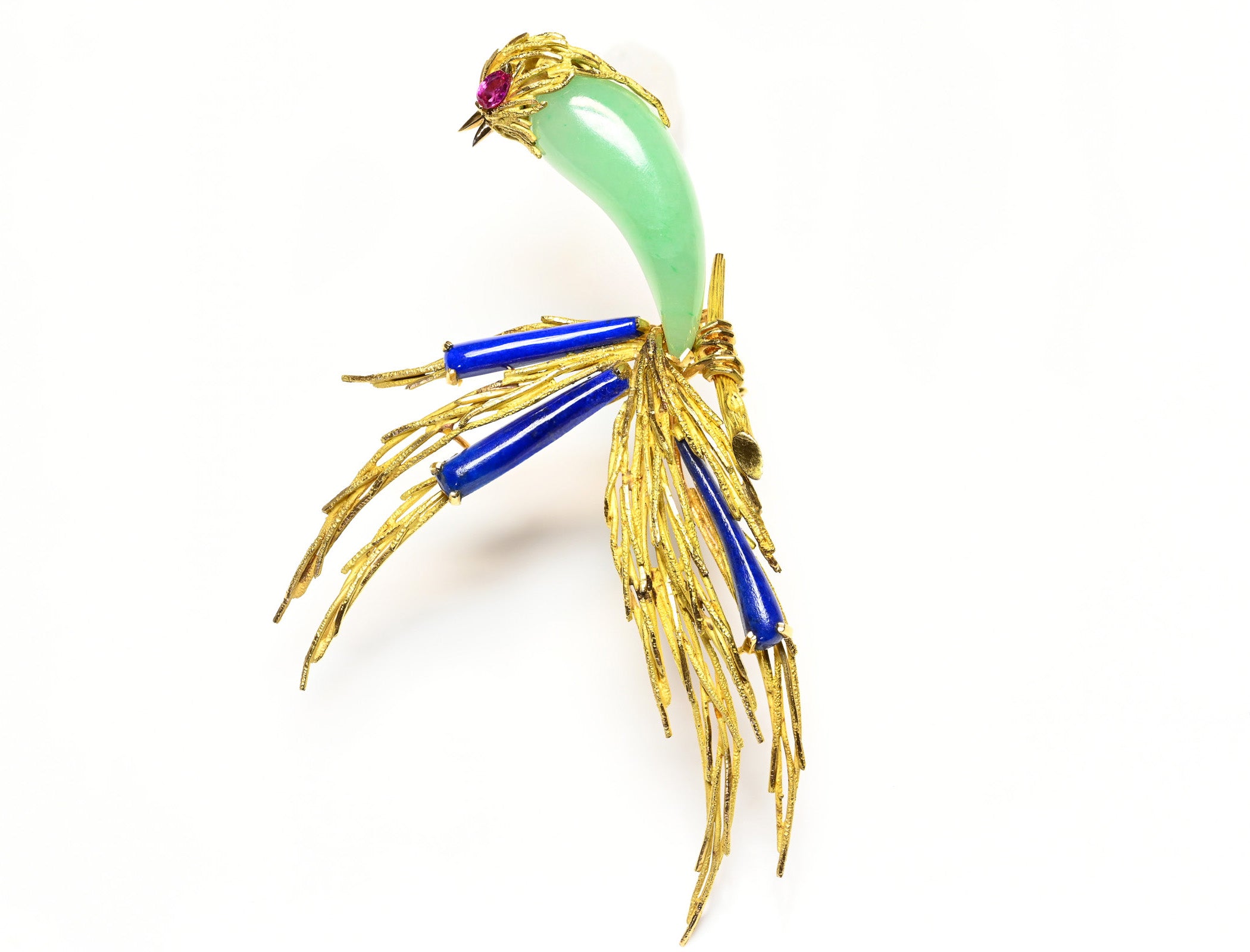
Ancient Secrets: The Mysterious Antikythera Mechanism
In the early 1900s, divers searching for sponges found instead the Antikythera Mechanism - on the seabed in the Antikythera region between Crete and Greece.
The intriguing ancient device was on board a Roman ship that sank between 60 and 80. The ship is believed to have sailed to the Anatolian Peninsula (also called Asia Minor), carrying some of the finest works of art of antiquity. Divers also found over 200 other intact cultural relics such as amphorae or ceramic vessels.
What Exactly Is The Antikythera Mechanism
The mysterious ancient mechanism was basically ignored for 50 years until an Australian archaeologist began to study it using X-ray and discovered that the piece held a much bigger mystery than originally thought.The problem was that due to the limited technology at the time, the actual function of the Antikythera Mechanism was not understood for decades to come, according to The Epoch Times.


Pictures source: Antikythera Mechanism gr.
It wasn't until 2005, with the help of sophisticated software and modern technology, that it was discovered that the Antikythera mechanism was an astronomical instrument with which one could navigate the sea with the help of star charts in the sky.
The Mechanism Was Also Used In Astrology
For example, by setting it to a particular day, such as the date of a person's birth, one could see how the stars and planets aligned at that person's birth. If you used it for a date in the future, an astrologer could read a person's future by examining the position of the stars in the future, calculated with this device.The Antikythera device could also predict moon phases, lunar eclipses, and the positions of the sun and moon for years to come. Later it was also found that the device could predict the movement of the planets and predict horoscopes.
Depending on the predictions of the mechanism, the ancients could set the dates of festivals, national events, and other events or actions related to the stars.
The Antikythera Mechanism Is Extremely Intricate
Mathias Buttet, head of research and development at the Swiss watch company Hublot, says that "ingenious mechanisms such as those found in Antikythera cannot be found in modern watches".Yet Mathias Buttet has managed to recreate a wristwatch-sized version of the mysterious ancient instrument.
In total, the Antikythera mechanism contains 30 highly sophisticated and intricate cogwheels that were all interconnected in an unusual way. Researchers are not yet sure who invented the instrument or what its real purpose was.
The Antikythera mechanism, along with other objects found in the shipwreck, can be seen in the exhibition "The Antikythera Shipwreck: The Ship, the Treasures, the Mechanism" at the National Museum of Archaeology in Athens, Greece.
If you want to find out more about this ancient mechanism of fabulous ingenuity invented more than 21 centuries ago watch this interesting video we prepared for you. It's amazing!



